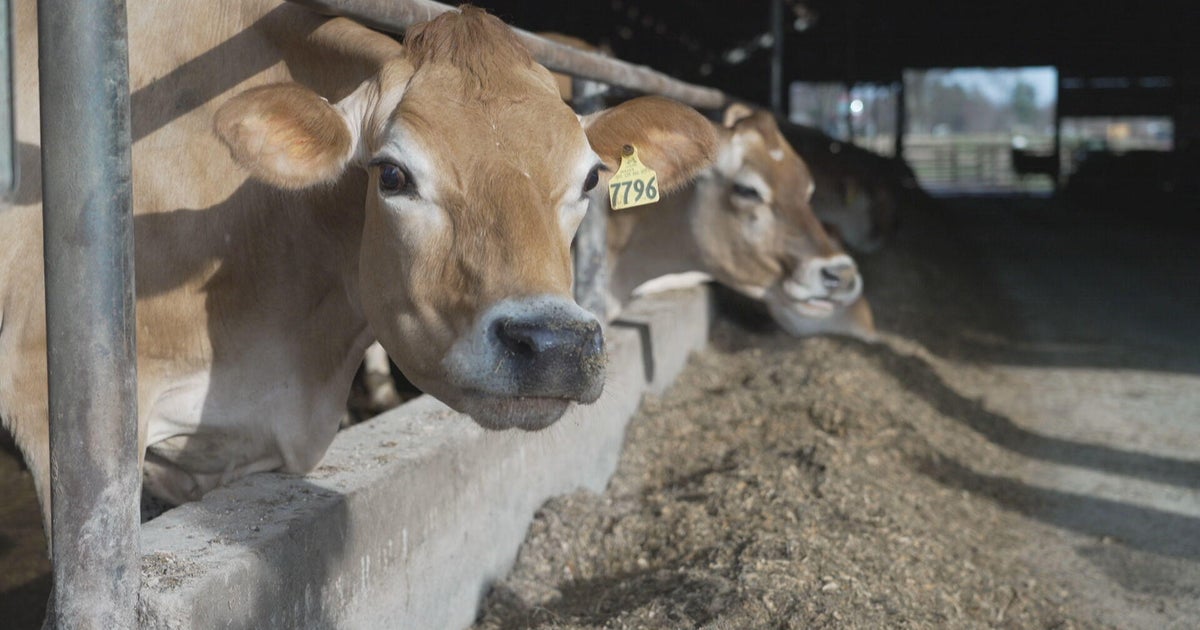Grouper, snapper, cod? Mislabeling is rampant in the seafood industry
Recent investigations and studies have shown mislabeling – sometimes due to error but often the result of outright fraud – is rampant in the seafood industry, showing up both in the marketplace and on restaurant menus.
One study of retailers found seafood like grouper, cod and snapper may be mislabeled up to 87 percent of the time, swapped out for less desirable and cheaper varieties. For example, only seven of the 120 samples of red snapper were actually red snapper.
CBS News' Meg Oliver spoke to Vinny Millbourn, who hails from a long line of fishermen. The fishmonger at Greenpoint Fish and Lobster Company in Brooklyn, New York, specializes in local, domestic and traceable species. His storefront acts as a fish market, raw bar and restaurant.
"It's a very big problem and the issue is once it's prepared, there's really no way to check it other than DNA testing which a lot of companies are now doing," Millbourn said. "So I have a have a network of small boat fisherman and wharfs all over the country that are shipping to me daily through the air or by truck. And we are processing every single day to bring in high-quality fresh seafood."
Millbourn not only knows where his fish come from he can tell a tale about each one. That personal connection is hard to find, but is a good sign. It's estimated that more than 90 percent of the seafood consumed in the U.S. is imported, and less than one percent is tested by the government.
But it's not necessarily better to buy organic seafood, said Larry Olmsted, author of "Real Food Fake Food."
"In this country there's no legal standard for organic for seafood," Olmstead said. "When they did the organic standard for meat and poultry and chicken, they excluded seafood. So when you see organic on seafood, it's not a legally enforceable standard so they can put that on just about anything."
He spent years researching the unregulated food industry, calling fish the most frequently faked food Americans buy.
"The inexpensive fish that are being substituted, a lot of them are farmed in Southeast Asia, from places that have been shown over and over again to use bad practices, banned drugs, banned pesticides. …The bottom line is a lot of fish that we eat, we don't know where it came from or how it was produced at all," Olmsted. "I think it's pretty dangerous. I mean there's tens of millions of people that get sick from food-borne illness every year that the CDC cannot explain."
Larry says the best course of action for consumers is to buy whole fish from a fish market. He reminds consumers to not be intimidated: you can always have them cut and clean the fish for you. That way, you will know exactly what you are bringing home for your family. If you don't have a fish market near you, Whole Foods is always a good option.



